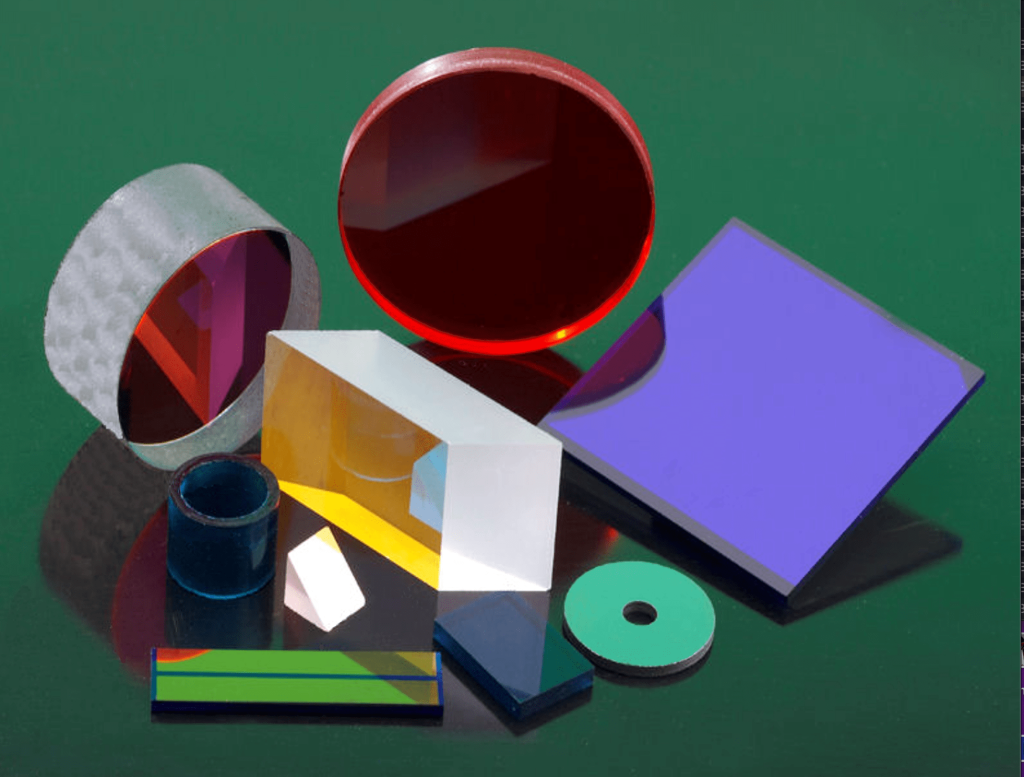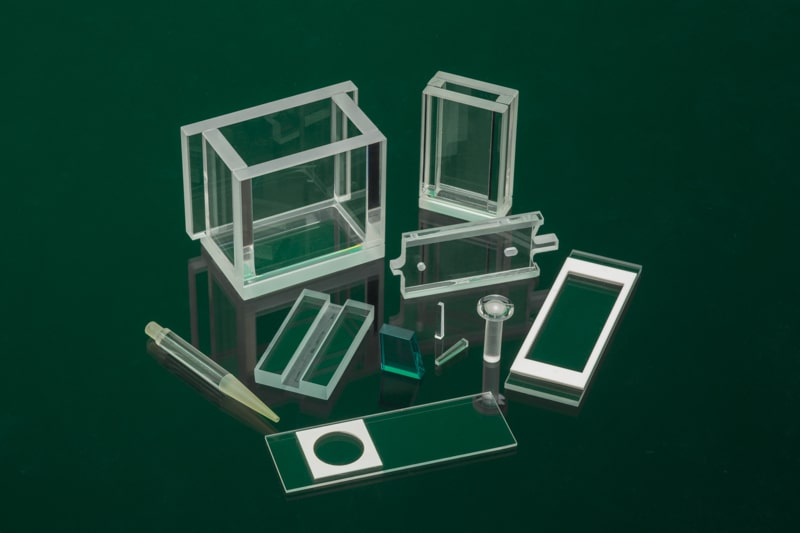Optical spectroscopy applications use an optical spectrometer, which measures light properties over a certain portion of the electromagnetic spectrum.
It is also explained as the study of how matter interacts with electromagnetic radiation. Generally speaking, optical spectroscopy is used to identify materials, but it has many different medical and biomedical applications.
Read on to learn more about these applications and the optical components of a spectrometer — also known as a spectrophotometer.
What Are the Parts of a Spectrometer?
There are six distinct parts of a spectrometer with optical components within. The six parts include:
- Light sources
- Condensing lens
- A monochromator
- Sample holders
- Sample detectors
- A recorder
Typical light sources used in optical spectroscopy are a deuterium or hydrogen lamp and a tungsten lamp, generating UV light. However, the deuterium lamp has a wider range in the UV light region.
What Are Some Components in Optical Spectroscopy?
IRD Glass can make many components used in optical spectroscopy, such as optical filters, capillary slides, flow cells, general optics and optical windows, precision tubing, custom glass substrates, custom slides, and structured substrates. Additional information about these components is listed below.
Optical Filters
There are several types of filters in optical spectroscopy. Optical filters can block or transmit light based on certain attributes, such as intensity or wavelengths. These components are used in many applications, including IT/computers, optical communication networks, scientific equipment, data storage units, and display interfaces.
Notch filters block the laser line while passing short and long wavelengths. Other types include a long-wave pass edge filter, a short-wave pass edge filter, a laser line filter, and a bandpass filter, which passes frequencies from a particular range while rejecting frequencies outside the range.
Capillary Slides
Capillary vibrating sharp-edge spray ionization (cVSSI) is used in some spectrometry applications. In cVSSI, a capillary is attached to a slide, which is vibrated by a piezoelectric transducer. When the liquid reaches the capillary, it is then nebulized and travels to the inlet of the spectrometer. Over previous methods such as VSSI, capillary slides improve quantification capability, reproducibility, and signal stability.
Capillary slides are also used in electron microscopy, capillary-loaded particle fluid dynamics, staining biological materials, and for maintaining sperm motility.
Flow Cells

These components are used in fluorescence and absorbance spectroscopy measurements. In addition, mini flow cells are designed for monitored wavelengths longer than 210mm.
What Are the Medical Applications of Optical Spectroscopy?
Spectroscopy is used in a variety of different medical applications. Some of these include:
- Determination of hardening of the arteries/plaque in the arteries
- Early detection of cancer
- Rapid identification of pathogenic microorganisms, which include bacteria, viruses, parasites, toxins, and chemicals
- Monitoring of effects of agents (active ingredients in skincare) on the skin
Medical applications in spectrometry are used both in vivo and ex vivo.
What Are Some of the Biomedical Applications of Optical Spectrometry?
In addition to medical applications, spectrometry has biomedical applications as well. Biomedical applications include:
- Protein detection and identification
- Cancer research
- Protein contamination detection on surfaces
- Detection of toxic biological compounds
Biomedical applications for spectroscopy are based on how fluorescent proteins respond to light.
IRD Glass has been the leading supplier of customized precision glass, optics, ceramics, and sapphire product fabrication for over 40 years. To learn more about our capabilities, speak to a representative today for a quote.
